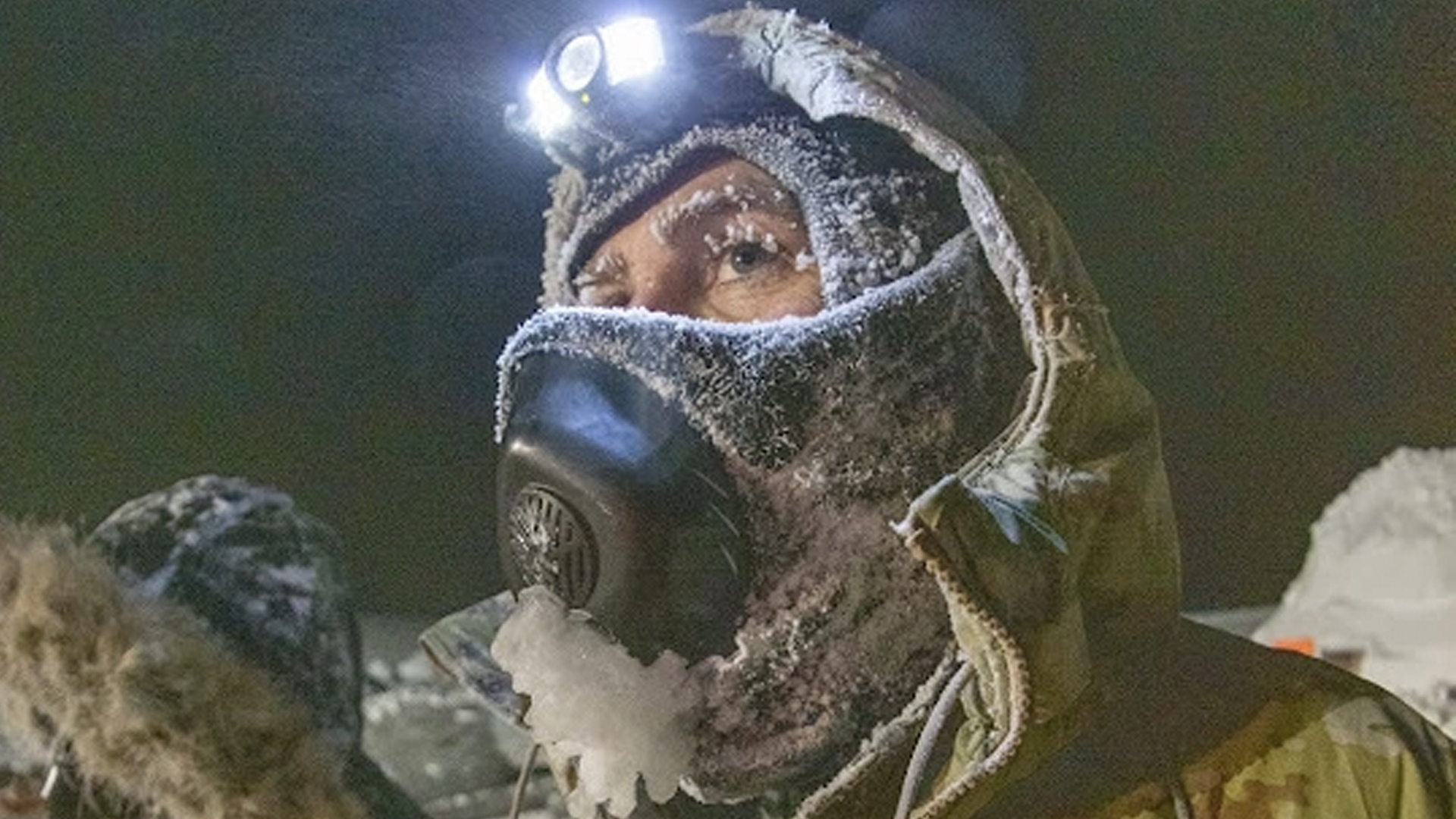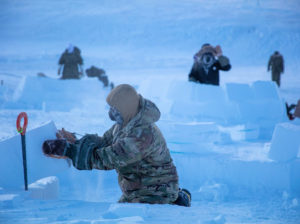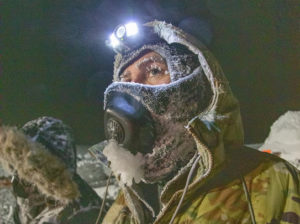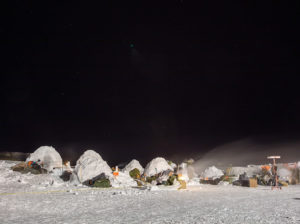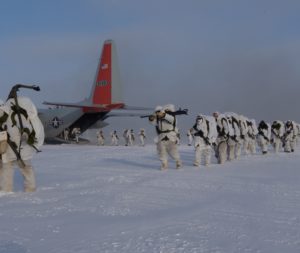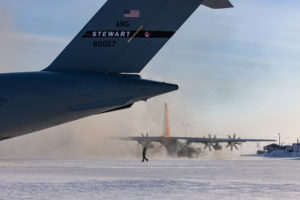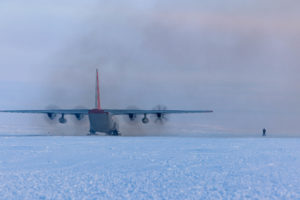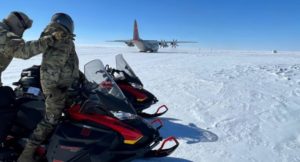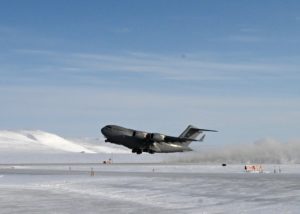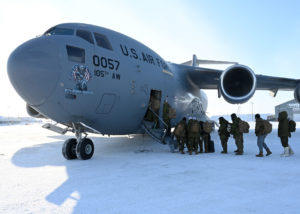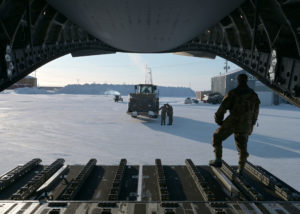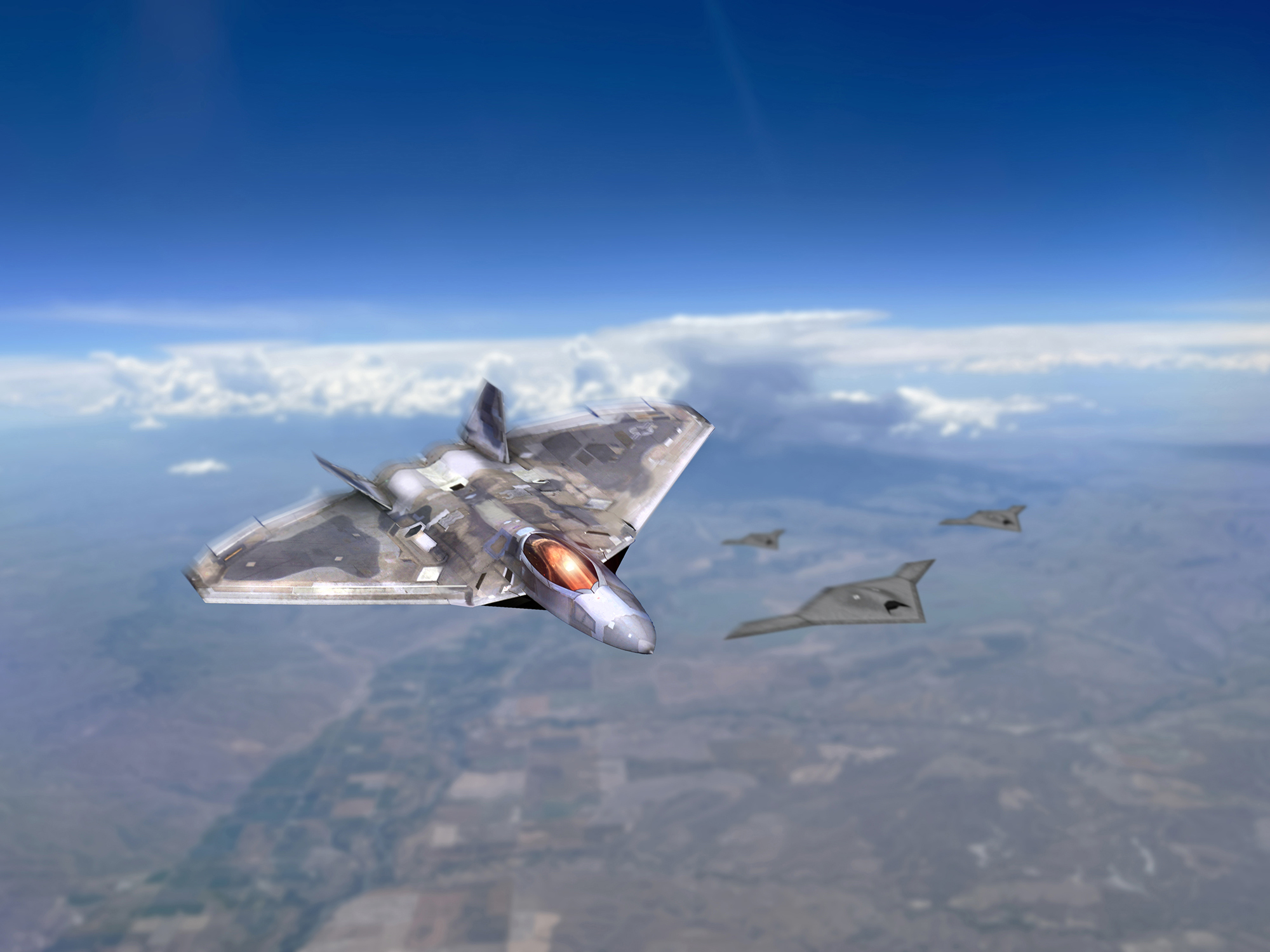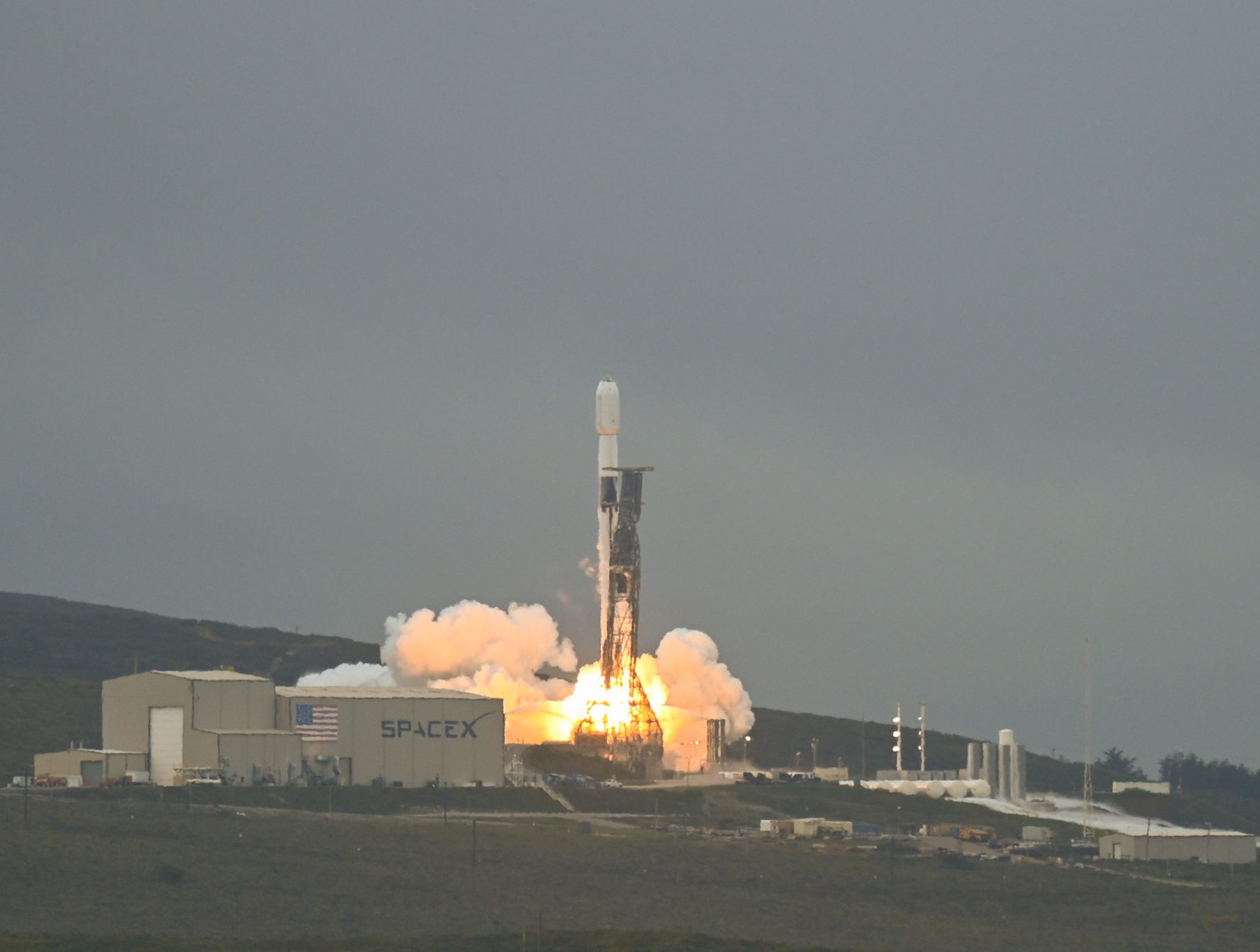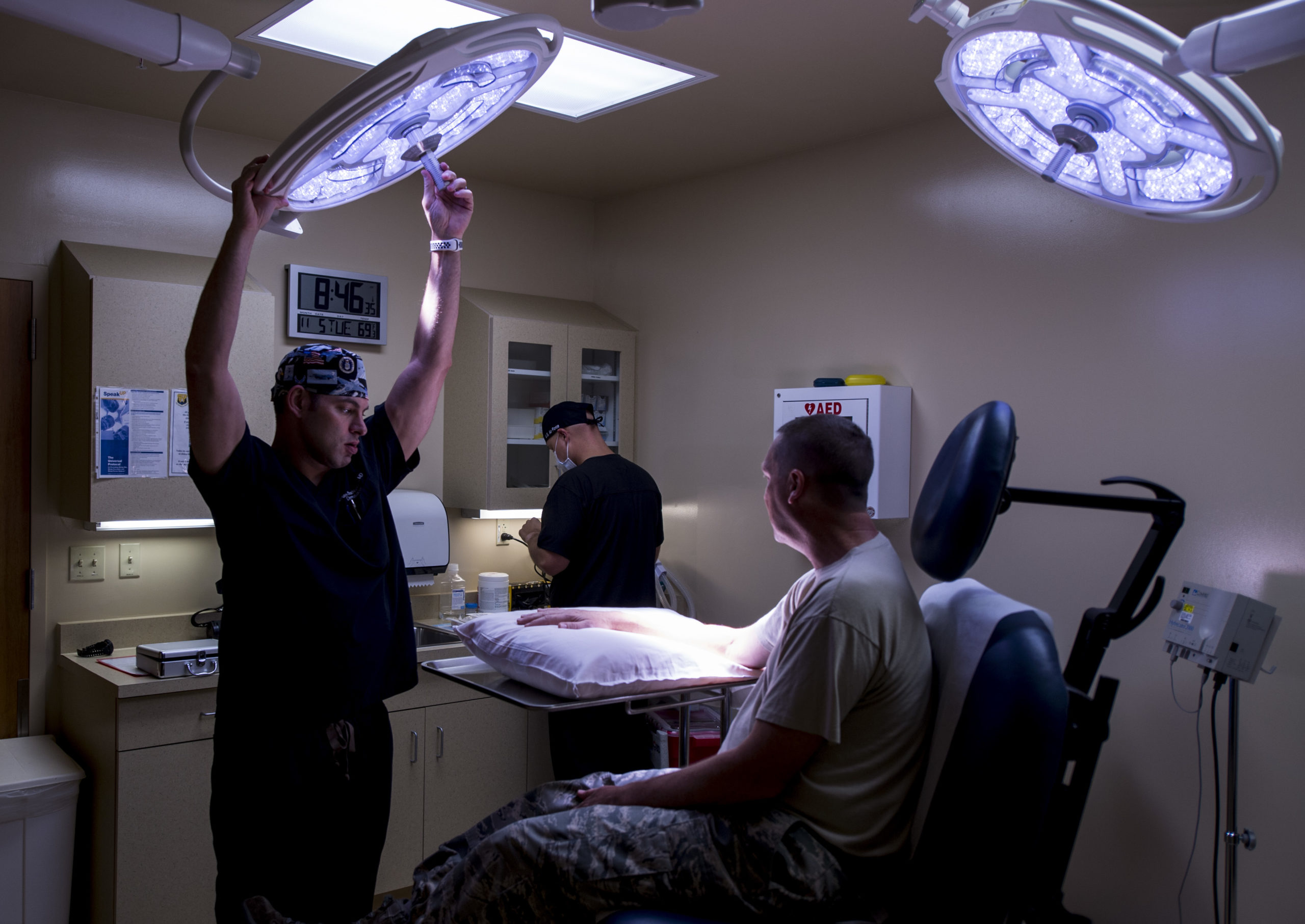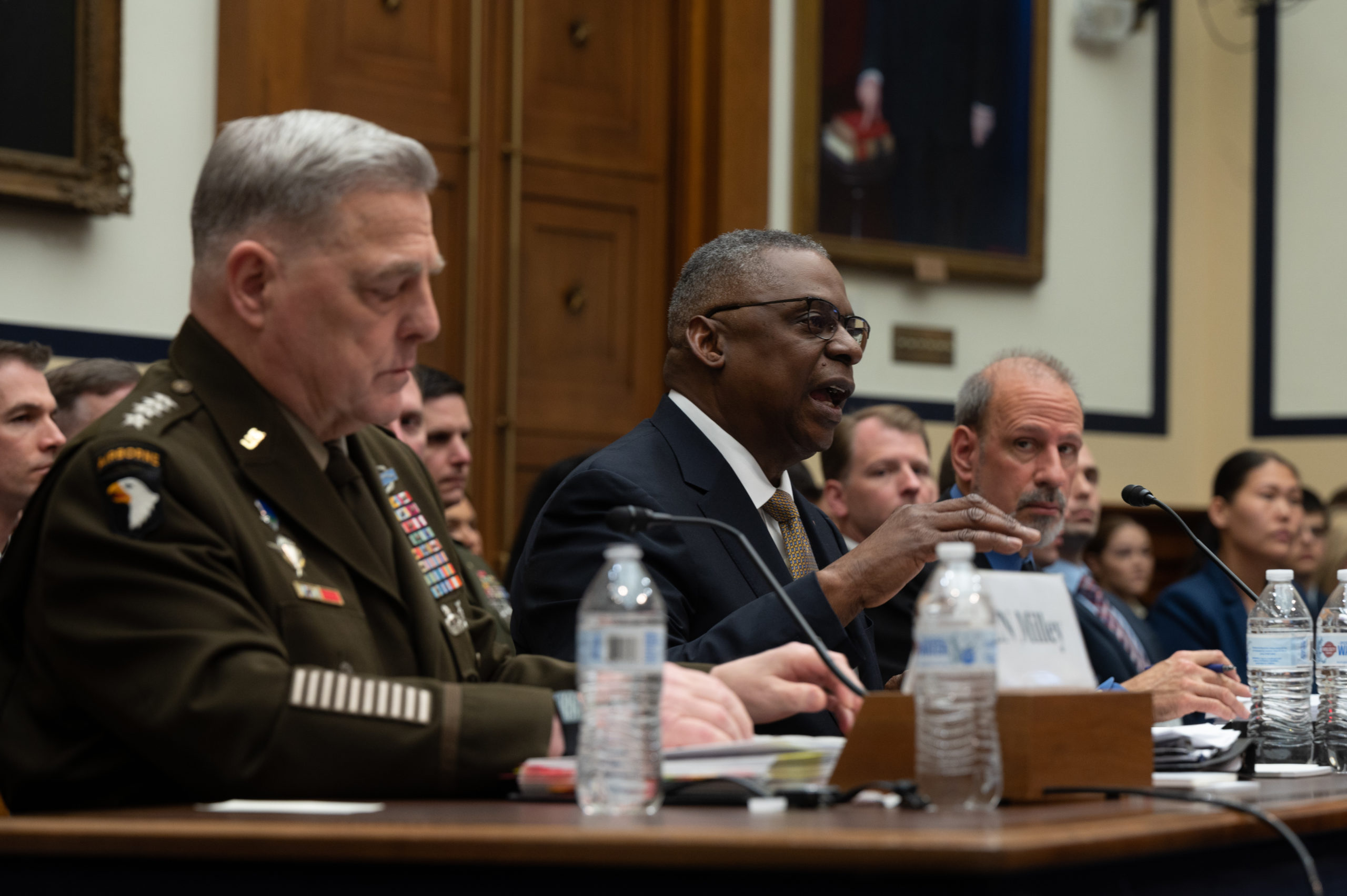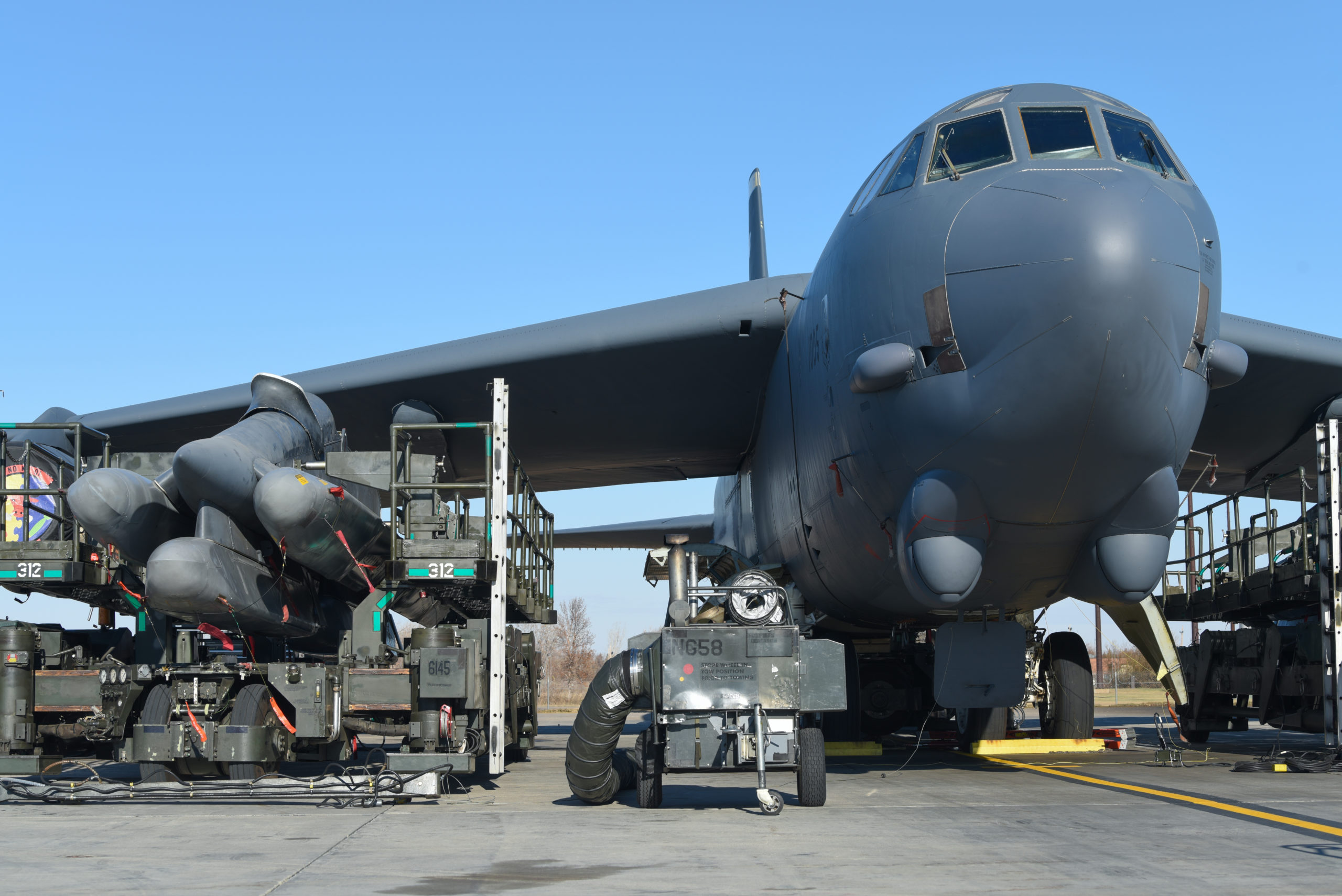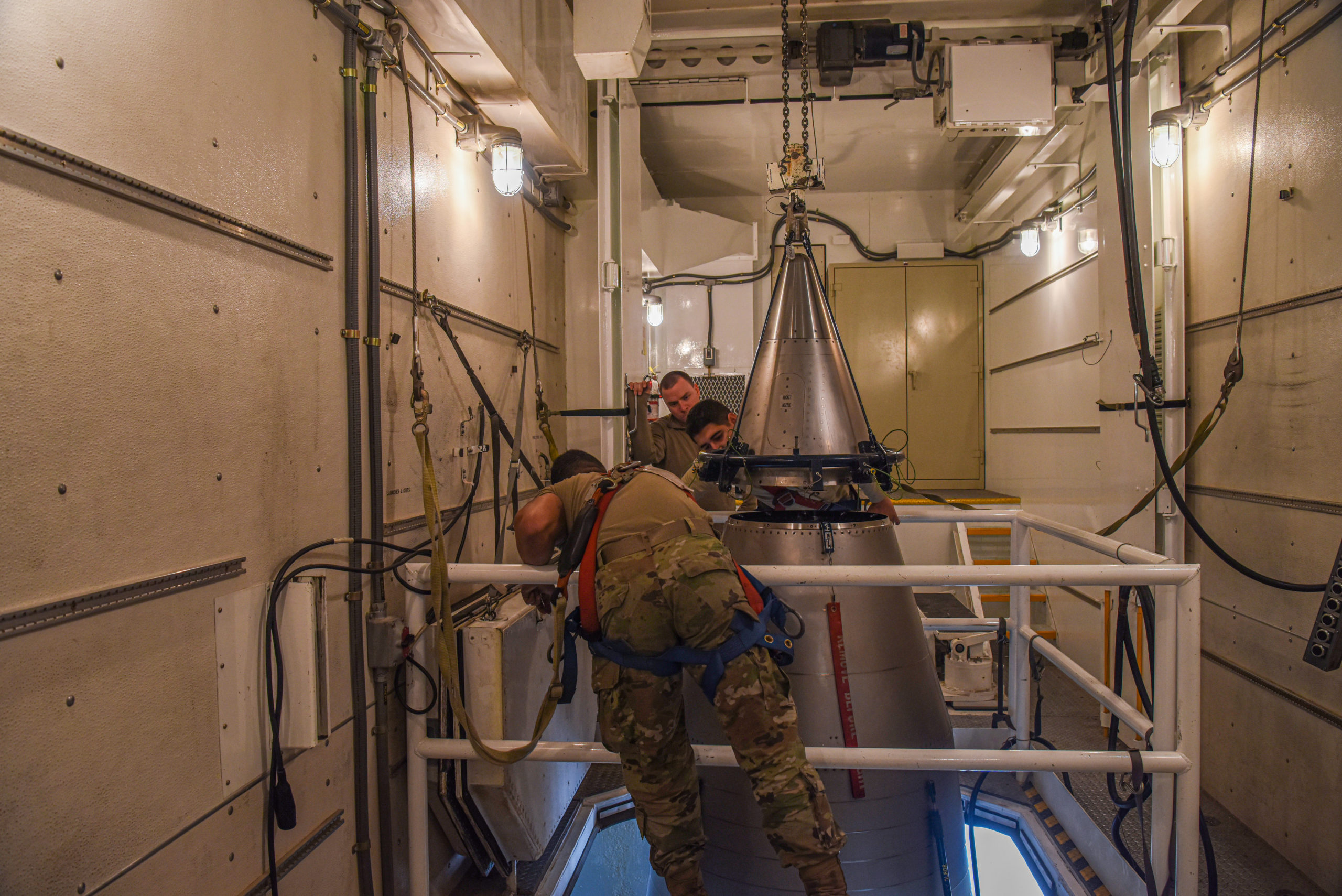How’s this for an early-February getaway: Spend five days and four nights on a frozen island in the Arctic Ocean, where the temperature ranges from a balmy negative 25 degrees Fahrenheit to a windchill of negative 65 degrees.
Two Minnesota Air National Guardsmen had the pleasure of such a trip recently, thanks to the Canadian military. The Air Operations Survival course is hosted twice a year at Resolute Bay, Nunavut, during the daylong darkness of the winter, in an attempt to simulate “as close as possible the conditions associated with an Arctic bailout,” according to the Canadian government.
Chief Master Sgt. Jeremiah Wickenhauser and Master Sgt. Cody Hallas, both members of the 133rd Contingency Response Team, trained at Resolute Bay with instructors from the British and Canadian militaries, alongside other service members from France, Germany, and New Zealand, Wickenhauser confirmed to Air & Space Forces Magazine.
“The Arctic environment is constantly trying to kill you; every task is harder in the cold,” Hallas said in a recent release written by Wickenhauser. “Every task takes longer, and the risk of serious injury is always present. Moisture management and the inability to dry gear is a huge issue. Cold, wet gear is miserable to wear and work in and extremely dangerous in the Arctic.”
Students learned to cut snow blocks, build shelters, cook food, melt water, and stay warm, the release noted. Some of the instructors were Canadian Rangers, a sub-component of the Canadian Army Reserve whose members “live and work in remote, isolated, and coastal regions of Canada,” according to the Canadian government.
The Canadian Rangers shared a freshly-killed seal with the students and showed them how to build an igloo, which the students “spent one cold night trying to sleep in,” Wickenhauser wrote.
Though difficult, Wickenhauser and Hallas’ training at Resolute Bay could prove vital at a time when interest—and tensions—in the Arctice are growing. Though the U.S. military has plenty of mountain, sub-Arctic, and extreme cold weather training, those environments are not the same as the Arctic, which is generally frozen and dark in the winter and impassable and light in the summer.
“Even the most qualified mountain team in the Special Forces Regiment would not be considered Arctic-capable,” three Green Berets in October wrote in an October 2022 paper on Arctic security for the Air Force’s Journal of Indo-Pacific Affairs. “Becoming Arctic-capable requires immersion in the actual conditions throughout the entire training and validation pathway, as our Scandinavian partners do.”
Some units in the Minnesota Air National Guard and the New York Air National Guard frequently undergo Arctic training. For example, Wickenhauser, Hallas and fellow guardsmen from Minnesota and New York spent most of May 2022 on an ice cap in Kangerlussuaq, Greenland, learning how to set up a base camp, conduct Arctic first aid and groom a ‘ski-way’ for ski-equipped aircraft like the New York ANG’s LC-130 to land on.
Arctic powers such as Russia, the U.S. and, increasingly, China, are flexing their military might in the region as melting sea ice opens up new trade routes and natural resources—but national security experts worry that the U.S. is still underprepared for such a fight.
“While the military services’ respective Arctic strategies acknowledge the importance of the Arctic and the need to develop the capabilities needed to operate and compete in the region, direct investment in Arctic-capable platforms, training, and infrastructure continues to lag,” Air Force Gen. Glen D. VanHerck, head of North American Aerospace Defense Command (NORAD) and U.S. Northern Command (NORTHCOM), wrote in a March 23 statement for the Senate Armed Services Committee.
“It is necessary that the joint force has the ability to compete, fight, and win in the Arctic in the coming years,” VanHerck added, “and the time for the services to invest in the required equipment, infrastructure, and training is now.”
Airmen from the New York Air National Guard’s 105th Airlift Wing experienced that lack of infrastructure when they flew six C-17 transport jets carrying hundreds of Canadian Army reservists and more than 90 tons of cargo out of Quebec and landed at the Resolute Bay Airport earlier this winter. The airport does not have radar, and the runway is made up of frozen gravel and ice, according to an Air Force press release.
“We flew 2,000 miles … unloaded and loaded cargo and people and flew another 2,000 miles back, basically all on our own,” one of the C-17 pilots, Lt. Col. Andrew Townsend, said in the press release.
The austere conditions also challenged the loadmasters taking cargo on and off the C-17s. They had to do weight and balance calculations using pencil and paper, since the cold caused computer malfunctions, according to the press release. They also had to knock chunks of ice and snow off of cargo pallets.
The journey did not end at Resolute Bay for 37 Canadian and American Soldiers, who were flown another 60 miles north via LC-130. The ‘Skibird’ landed on a ‘ski-way’ that had just been groomed onto the sea ice by Airmen from the 109th and members of the Royal Canadian Air Force’s 440th Transport Squadron.
The Canadian Rangers and other indigenous Arctic people could play a vital role in supporting U.S. and allied military operations in the far north. The October 2022 paper on Arctic security noted that during World War II, the U.S. relied on more than 6,000 Native Alaskans who volunteered to conduct surveillance activities along remote coastlines. Though that unit shut down after the war, the Canadian Rangers play a similar role in Canada today.
However, relationships are a two-way street, and many Alaskan communities lack access to running water, broadband internet, and affordable household goods. Living standards deteriorate further when supply chains become stressed and food, sanitation, and medical equipment stop arriving, Alaska Sen. Lisa Murkowski wrote in 2022.
If the U.S. does not devote more resources to these communities, other countries like Russia or China may do so in an attempt to win influence there, the authors of the Arctic security paper argued.
“Investing in Indigenous Alaskan communities is a chance to deny competitor influence, rebuild trust with Native Alaskan communities while establishing multi-use infrastructure with multi-domain effects, and increase our military’s Arctic readiness,” they wrote.
